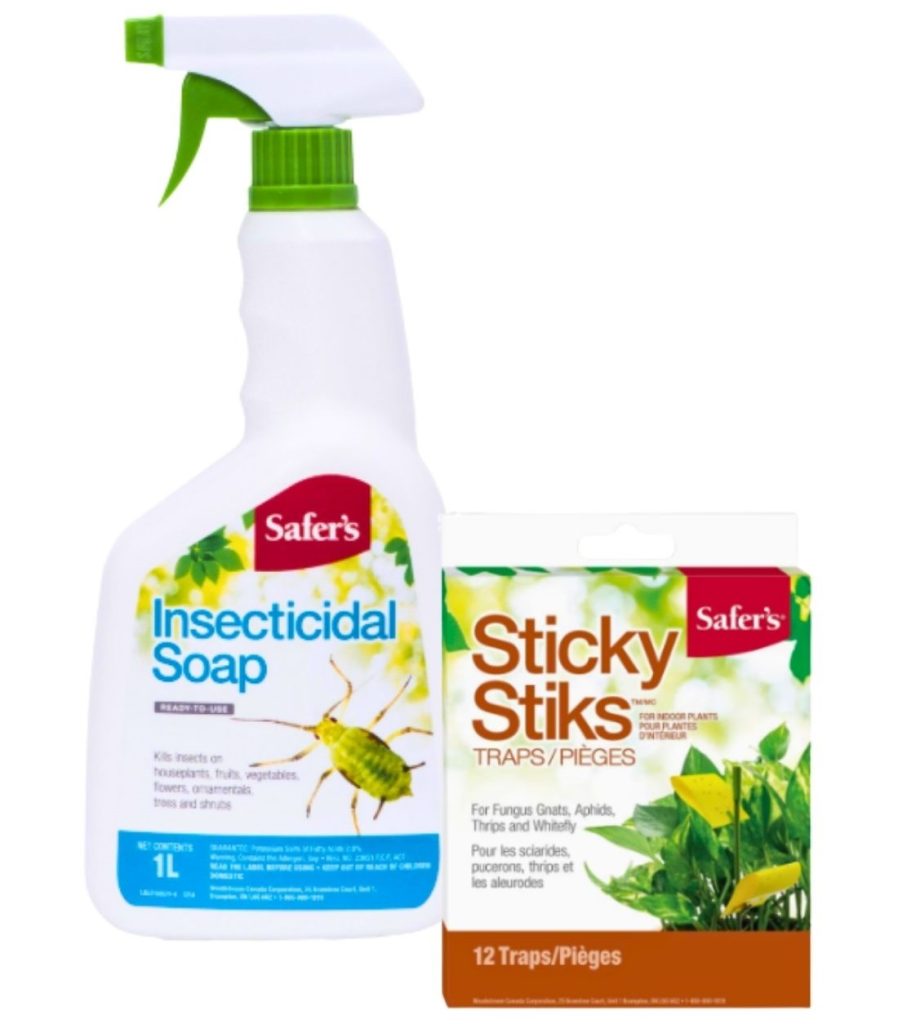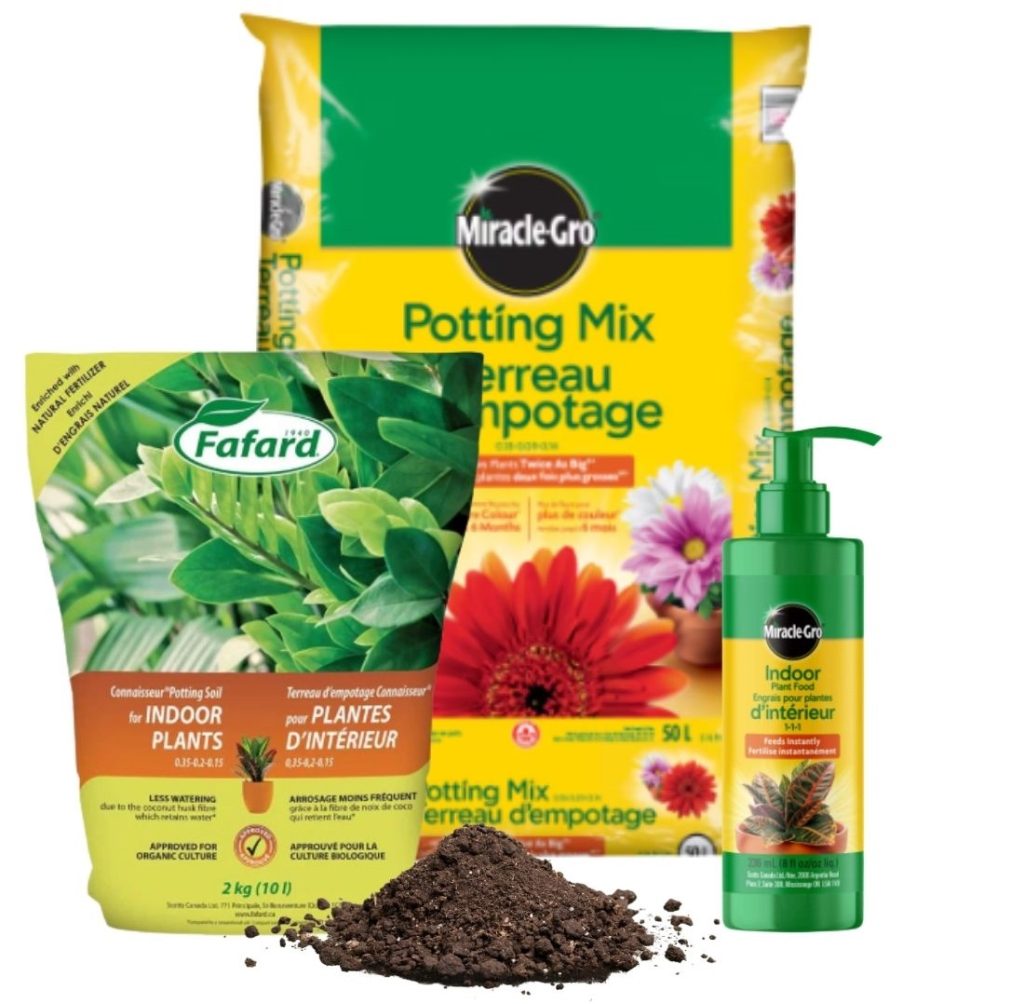
Bringing Your Houseplants Indoors for Fall & Winter
As the nights turn cooler and autumn settles in, it’s time to think about bringing your tropical houseplants back indoors. Many of us enjoy placing our plants outside during the summer months—giving them fresh air, bright light, and rainwater—but they won’t tolerate Ontario’s chilly fall nights for long.
When to Bring Plants Inside
Keep a close eye on the forecast by mid to late September. Once overnight temperatures begin dipping consistently below 10°C, it’s time to act. Plants like palms, birds of paradise, hibiscus, citrus trees, and ficus (as well as any tender tropicals you purchased this summer) should be brought indoors before the cold damages them.
Which Plants Should Come Back Inside?
Any tropical or tender perennial will need protection from the cold. Common examples include:
- Palms – Majesty Palm, Areca Palm, Ponytail Palm
- Bird of Paradise
- Hibiscus (tropical, not hardy perennial)
- Citrus Trees – Lemon, Lime, Orange
- Ficus – Fiddle Leaf Fig, Rubber Tree, Weeping Fig
- Bougainvillea
- Croton
- Schefflera (Umbrella Plant)
- Dracaena
- Philodendrons & Monsteras
- Alocasias, Colocasias, and Elephant Ear varieties
- Mandevilla & Dipladenia
- Jasmine (tropical varieties)
- Geraniums (Pelargoniums) – can overwinter indoors for replanting next spring
- Cacti and succulents – while drought-tolerant, they cannot withstand frost and should be protected indoors
The general rule: if it thrived outdoors in summer but isn’t hardy in Ontario, it needs to come back inside.
Steps for a Smooth Transition
1. Inspect & Quarantine
Before moving plants inside, check carefully for pests like aphids, spider mites, or mealybugs. Even a few can multiply quickly indoors. Keep new arrivals or outdoor-returning plants in a “quarantine zone” for a week or two away from your main houseplants.

2. Clean & Treat
Wash down foliage with a gentle spray of water or insecticidal soap. Wipe leaves with a damp cloth to remove dust and pests.
3. Treat the Soil
After a summer outdoors, the soil may be harbouring unwanted guests or depleted nutrients. Here’s how to refresh it before moving plants inside:
- Inspect the Soil
- Check for pests: Look for insects, larvae, or eggs on the soil surface.
- Check for weeds: Remove weed seeds or stray plant material.
- Check for diseases: Watch for mold or fungal growth.
If you notice fungus gnats or other pests in your soil, you can use a soil drench:
- Mix Your Solution
- In a clean watering can or spray bottle, mix 10–20 mL of insecticidal soap concentrate into 1 litre of water.
- Stir well so it’s evenly diluted.
- Prepare the Plant
- Check that the soil isn’t already soggy—fungus gnats thrive in excess moisture.
- If the soil is very wet, let it dry for a day before drenching.
- Apply the Drench
- Slowly pour the solution over the surface of the soil until it begins to seep out of the drainage holes.
- This ensures the mixture reaches the root zone where larvae live.
- Allow to Drain
- Let the pot drain fully—don’t let it sit in standing water, or you’ll just encourage more gnats.
- Repeat as Needed
- Repeat the treatment once a week for 2–3 weeks until the gnat cycle is broken.
- Between treatments, let the top 2–3 cm (about 1″) of soil dry out before watering again.
- Boost Effectiveness
- Place yellow sticky traps near the soil to catch adult gnats.
- Consider topping the soil with a thin layer of sand or fine gravel to discourage egg-laying.
- Refresh the Soil
- Remove debris: Clear out undecomposed plant matter, roots, or debris.
- Break up clumps: Loosen compacted soil for better aeration.
- Amend the Soil
- Mix in fresh potting mix (about 10%) for improved texture.
- Add compost, worm castings, or slow-release fertilizer to boost nutrients.
- Use perlite or coco peat for better drainage and aeration.
- Fertilizer Tip: Avoid heavy feeding in fall and winter, as plants naturally slow their growth. Once spring arrives and new growth appears, resume regular fertilizing to give your houseplants a healthy start to the season.
4. Repot if Necessary
If roots are circling or the soil has become compacted, repot into fresh soil. This gives plants a healthy base before their indoor stay. Avoid moving to a pot that’s too large—one size up is best.
5. Acclimate Slowly
Just as you eased them outside in spring, bring plants back in gradually if possible. Move them to a shadier outdoor spot for a few days before bringing them indoors. This helps reduce shock from the sudden change in light and humidity.
Indoor Care Over Winter
Place plants near bright windows but away from drafts or heat vents. Cut back on watering slightly—most plants grow more slowly in winter—and watch for dry indoor air. A humidity tray or humidifier can make a big difference.

When to Move Them Back Outside
Once spring returns and overnight temperatures remain above 10°C, you can slowly reintroduce your houseplants to the outdoors. Start them in a shaded area for a week or two, then move to brighter conditions. This prevents sunburn and shock from the sudden change.
Tip: A little extra care now—especially in refreshing and treating the soil—means your tropicals will thrive indoors all winter and reward you with lush, healthy growth next summer.
Check out our article on Caring for Your Houseplants Over Winter

